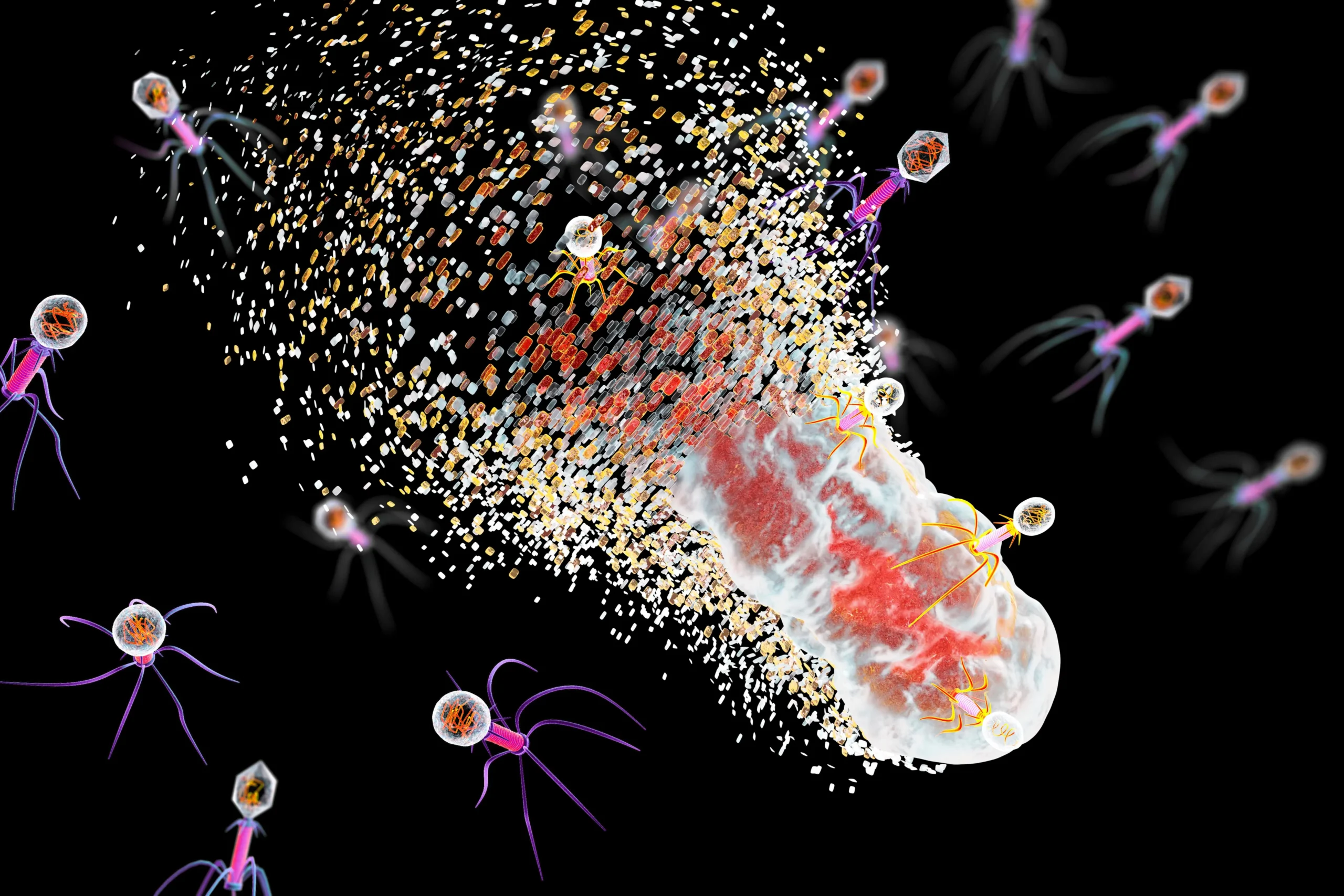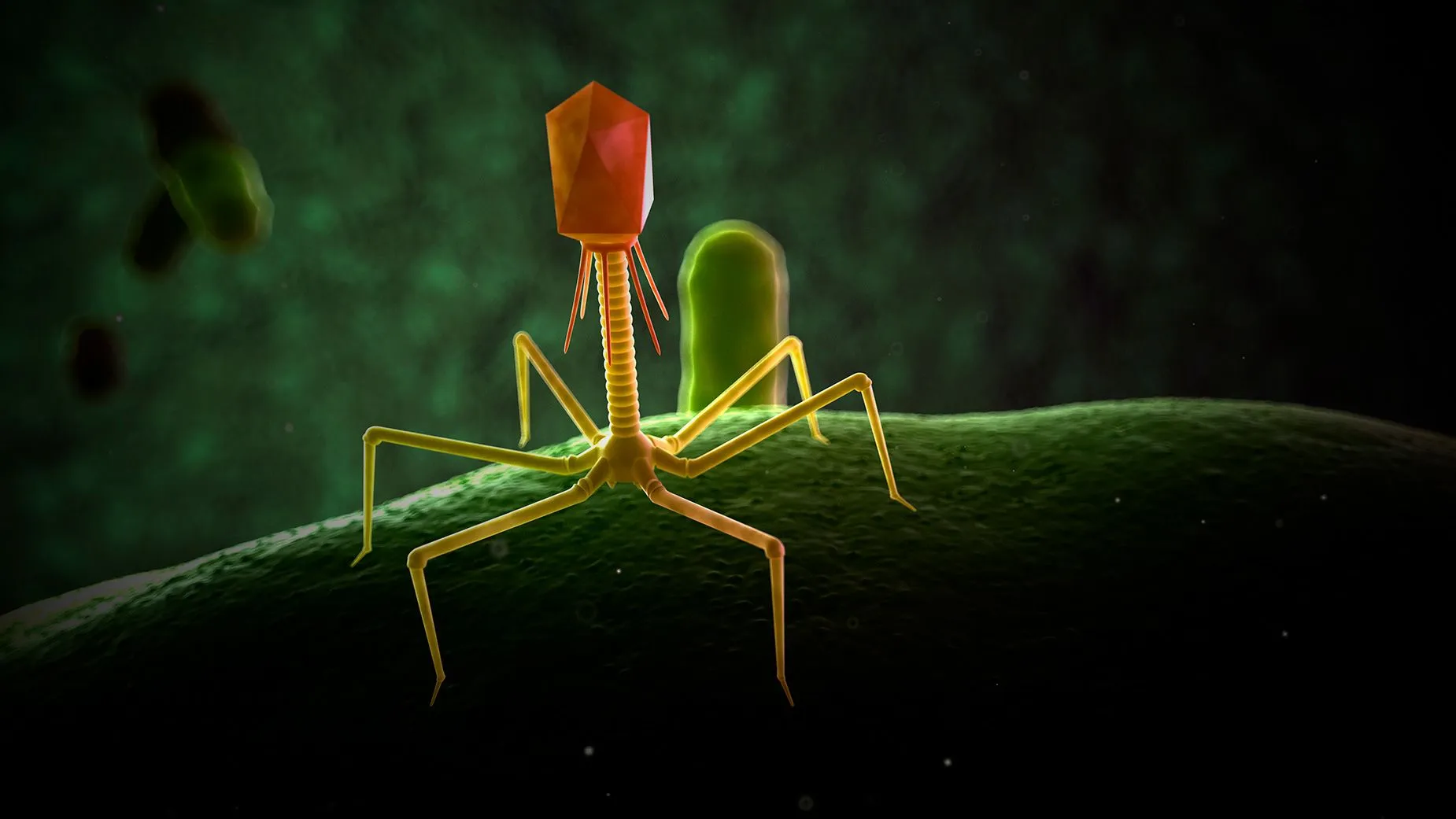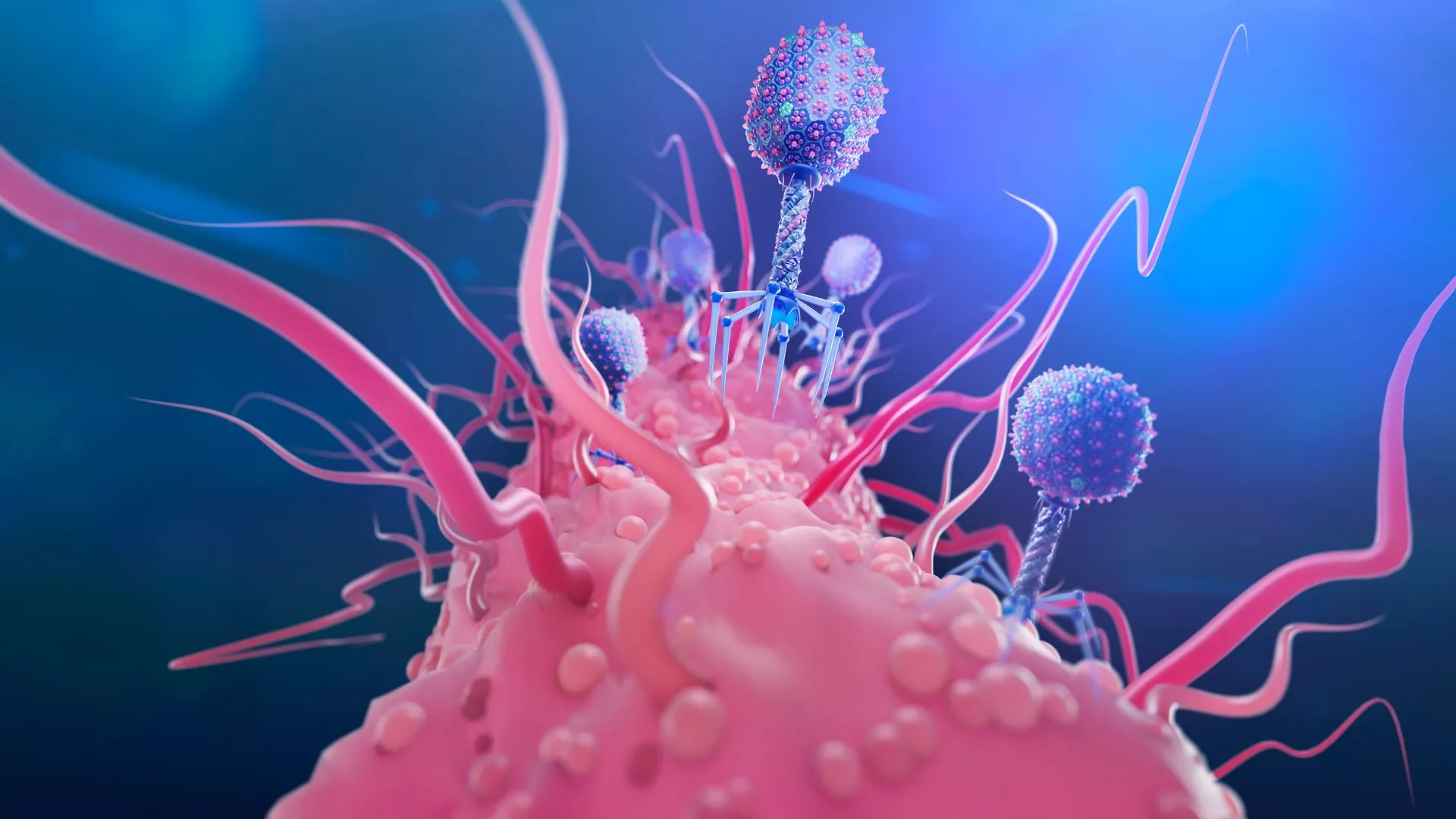
One of the most notable stories of the year was the discovery of a new antibiotic capable of combating carbapenem-resistant Acinetobacter baumannii (CRAB). This superbug, resistant to most existing drugs, now faces a novel class of antibiotics that target the essential machinery required for its survival. The specificity of this drug suggests a promising strategy to minimize broader bacterial resistance.
Meanwhile, the spread of hypervirulent Klebsiella pneumoniae (hvKp) has alarmed health professionals worldwide. Detected in 16 countries, including the United States, hvKp represents a growing threat capable of causing severe infections even in individuals with strong immune systems.

The Persistent Challenge of Superbugs
Researchers have found that certain superbugs can linger in the human body for up to nine years, posing a continuous risk of infection. This persistence underscores the urgent need for new treatment strategies and better understanding of bacterial behavior.
The situation with Clostridioides difficile (C. diff), a notorious superbug, illustrates the complex trade-offs involved in bacterial resistance. As C. diff evolves to resist treatment, it becomes less efficient at reproduction, presenting potential new avenues for intervention.
Innovative Strategies Against Resistance
Scientists are exploring several groundbreaking approaches to turn the tide against superbugs. Phage therapy, which uses viruses to target bacteria, has re-emerged as a potential alternative to traditional antibiotics. This approach could play a critical role in managing infections that no longer respond to conventional treatments.

Moreover, the search for new antibiotics has taken researchers to the depths of the Arctic Ocean, where unique compounds from Actinobacteria show promise against pathogenic E. coli strains. However, the journey from discovery to clinical application remains long and fraught with challenges.
Understanding and Overcoming Heteroresistance
Another key focus of recent research is heteroresistance, a complex phenomenon where bacteria can suddenly activate resistance when exposed to antibiotics. This unpredictability complicates treatment strategies and highlights the need for more sophisticated diagnostic tools.

A New Fungal Challenger
Amidst bacterial concerns, a new fungal threat has emerged in China. Rhodosporidiobolus fluvialis, resistant to several leading antifungals, represents another facet of the growing resistance problem, likely exacerbated by climate change.
As we move into 2025, the stories from the past year remind us of the relentless evolution of pathogens and the continuous need for scientific innovation. The battle against superbugs is far from over, but with each new discovery and insight, we arm ourselves better for future challenges.
These developments not only highlight the ongoing arms race between pathogens and pharmaceuticals but also underscore the critical need for global cooperation and sustained investment in research to protect public health in an increasingly interconnected world.
